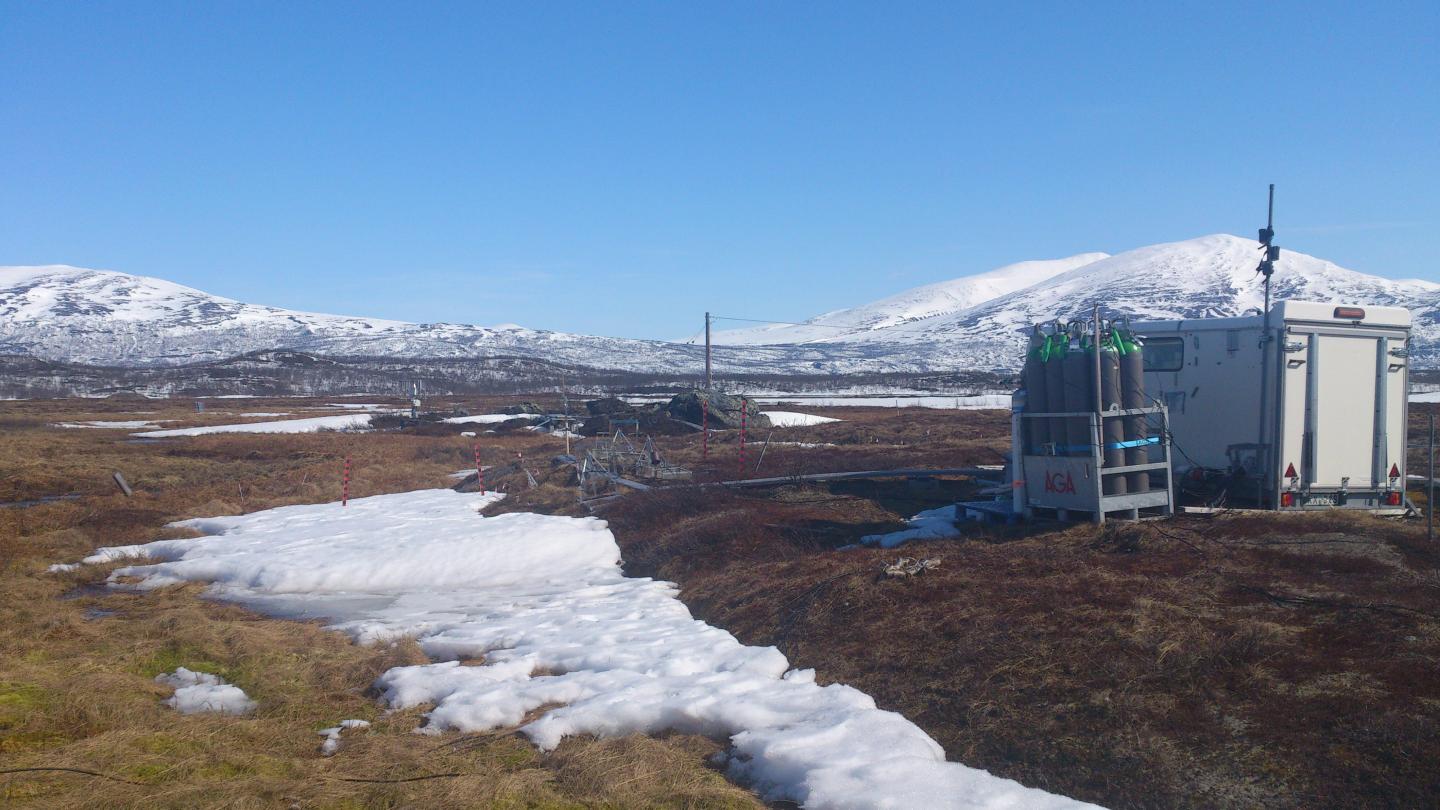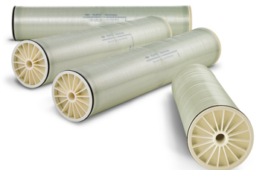
Stordalen Mire study site. The biogeochemistry hut is connected to autochambers, allowing measurements of gas flux. Credit: Caitlin Singleton
An international team led by researchers from the University of Queensland has found that microbiome communities within thawing permafrost could provide a more accurate way to predict the rate of global warming from greenhouse gas emissions.
The researchers found a link between changing microbial communities and biogeochemistry to the rise of greenhouse gas emissions.
“As global temperatures rise, large amounts of carbon sequestered in perennially frozen permafrost are becoming available for microbial degradation,” University of Queensland School of Chemistry and Molecular Biosciences Ben Woodcroft, PhD, said in a statement. “Until now, accurate prediction of greenhouse gas emissions produced from thawing permafrost has been limited by our understanding of permafrost microbial communities and their carbon metabolisms.”
According to the researchers, as permafrost thaws, methane emissions will increase and cause a positive feedback loop where increased atmospheric warming will cause more thawing.
“As global temperatures rise, large amounts of carbon sequestered in permafrost are becoming available for microbial degradation,” the study states. “Accurate prediction of carbon gas emissions from thawing permafrost is limited by our understanding of these microbial communities.”
The researchers conducted sequencing techniques on 214 samples of intact, thawing and thawed permafrost sites in northern Sweden. They also examined DNA sequences of 1,529 microbial genomes that were all new to science and often from phyla with poor genomic representation.
These genomes reflect the diversity of this complex ecosystem, with genus-level representatives for more than sixty percent of the community.
The team also used new metagenomics software to implicate a number of the new lineages in the production of greenhouse gases, and found that permafrost stores about 50 percent of the total global soil carbon.
“The Intergovernmental Panel on Climate Change report estimated that between 30 and 99 percent of near-surface permafrost could disappear by 2100,” PhD student Caitlin Singleton said in a statement. “Northern permafrost wetlands contribute a significant portion of global methane emissions, particularly as collapsing permafrost can create the perfect anaerobic conditions for methane-producing microorganisms [methanogens], and their metabolic partners, to thrive.
“This is important as methane is a potent greenhouse gas—25 times more efficient at trapping the sun’s radiation in our atmosphere than carbon dioxide,” she added.
The study was published in Nature.




